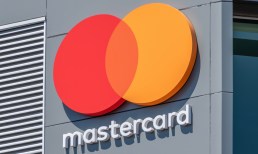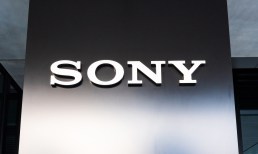But all too often the reimbursement is issued in paper form, where the checks sit moldering in the desk drawer, soon to be forgotten. Or the payment amounts to only a few dollars, which won’t solve many problems in today’s healthcare environment.
Adam Keck, senior vice president and director of Managed Service Solutions at Fifth Third Bank, told PYMNTS that healthcare payables are burdened by the costs of paper-based payments, and often it costs more to send out those payments than the patient disbursements are, in fact, worth.
“The cost to produce a paper check and mail it,” he said, “can range from $3 to $10 a check — and then there’s the labor, the postage and all the time that goes into the payment, along with the follow-up that has to be done. It’s a very expensive endeavor … in the case of the refund you might be losing money as soon as the check goes out the door.”
In addition, as Keck said, there are requirements in most U.S. states that if a payment is not deposited by that end user, there can be fines for healthcare providers and payers. Providers and insurers are also at risk for reputational damage if funds are not handled correctly.
Fraud? Well, that’s on the rise, as check-related scams run rampant and bad actors intercept those checks right at the mailbox before they ever get into the recipients’ hands.
Advertisement: Scroll to Continue
By and large, he said, the patient experience is paramount — and when it comes to refunds, the experience comes up short.
Patients, of course, like refunds — and they like digital payments. But they want choice too, and there’s no one-size-fits-all approach to getting funds into patients’ hands. Digital wallets are gaining popularity, and Keck noted that digital channels offer providers the added benefit of being able to send data-rich communications with those payments, so that there’s a wide understanding of what the payment is for.
“When you’re receiving the refund in a digital manner,” Keck said, “it’s a great opportunity for a ‘loyalty build’ and outreach from the provider to the patient … which leads to an opportunity to update information such as contact info, and create a better digital journey for the future.”
That loyalty, he said, is going to be a key determinant in whether a patient will keep coming back to a provider. And there are ancillary benefits to the providers, he said, as they can use the moment of digital interaction to promote charities that they support, particularly if the provider is a nonprofit hospital.
The shift to digital payments still represents a technical and organizational consideration for healthcare companies, said Keck, who added that back-office processes need to be examined. Offloading the technical details to a provider (such as Fifth Third) cuts down on fraud and potential compliance and liability risks.
“This is especially true for smaller health systems,” Keck said, “that do not have a huge staff that’s working on refunds.”
B2B Side of the Equation
Beyond the patient-facing side of the payables equation, Keck was quick to note that the supply chains of the healthcare ecosystem — through business-to-business (B2B) payments — also benefit from digital payments. There’s room for improvement, given that paper checks are still used in 30% of B2B healthcare transactions.
“Everybody wants automation, but things are still not automated,” he said, and suppliers are still sending invoices. Automation means far more than just sending emails and PDFs.
More than half of companies still have manual workflows, even when they have parts of the invoice process automated. With those hiccups in the mix, Keck said, healthcare firms are missing out on discount opportunities that might come if they are able to pay early.
The B2B pain points are addressed, at least a bit, by the rise of payment networks serving the healthcare space, where suppliers and buyers are able to come together with agreed-upon terms and payment methods.
“The value to the supplier in the network,” Keck said, “is that they are getting the payment and the format and the remittance that they need to more seamlessly post that payment in the back office.” Buyers benefit from a speedier response from suppliers — and all of the data is stored in a secure environment.
“These networks have a real ‘lift,’” Keck said, “because of their ability to convert paper [processes and payments] to electronic, which can unlock working capital benefits.”
The network effect will only be compounded and improved with the adoption of artificial intelligence (AI), he predicted, helping gird against business email compromise and other types of fraud. Faster payments and requests for payment will also draw buyers and suppliers, and providers and patients, closer together.
As he told PYMNTS, “There’s a growing need and desire to have digital payments throughout the healthcare ecosystem, and to more immediately be able to use those funds. … And the patients want options and choice.”



